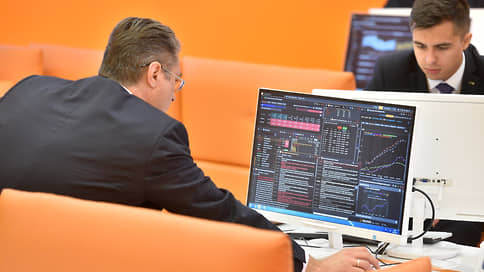Bond issues in yuan are losing volumes
[ad_1]

The yuan bond market is beginning to grow in small volumes. New issues – placed and announced in the last month – did not exceed CNY 400 million. Previously, large borrowers raised at least CNY 500 million, and more often – more than CNY 1 billion. Yuan bonds allow issuers to attract cheaper financing than through ruble bonds or bank loans, but there is a shortage of yuan liquidity in the market.
On February 19, Ural Steel closed the order book for the placement of its debut bond issue in yuan. Investors were offered a two-year issue with an initial target coupon rate of 7.25–7.5% per annum. However, due to high demand, the placement volume was increased from CNY 300 million to CNY 350 million, and the coupon rate was reduced to 7.05% per annum. Gazprombank, the organizer of the issue, noted that there was demand from both banks and individuals.
In addition, Interfax reported on the plans of the oil refining company Slavyansk EKO to place two-year yuan bonds in March. According to the presentation of the issue, the issue volume will be at least 200 million CNY, the benchmark coupon rate is 11% per annum.
Yuan bonds have been placed on the Russian market for less than two years, and the number of issuers does not exceed one and a half dozen.
However, the total volume of placements amounted to almost 82 billion CNY, with some companies (Metalloinvest, Rosneft, Yuzhuralzoloto) placing several issues, and Rusal – more than ten issues (including commercial bonds). Moreover, if in 2022 the rates on yuan bonds were about 4% per annum, then at the beginning of this year they rose to 6–7.2% per annum (see “Kommersant” dated February 7).
81.6 billion yuan
amounted to the volume of placement of bonds in Chinese currency by Russian issuers.
Industrial companies have often acted as large issuers of foreign currency Eurobonds, since a significant share of their revenue comes from foreign currency, experts say. Chief macroeconomist of Ingosstrakh-Investments Management Company Anton Prokudin notes that steel prices in Russia are tied to steel prices abroad and primarily in China. “For exporters with revenue in yuan, borrowing in Chinese currency does not create additional risk,” notes Dmitry Nikonov, head of the investment analysis department at Sovcombank.
Yuan bonds allow you to attract fairly cheap financing. “It is very profitable to receive financing not at 16–20% per annum in rubles, but at 7.1% and at the same time reduce the company’s currency risk,” says Anton Prokudin. Rate savings are not only true for small companies, but also for large issuers.
Such financing is more profitable than bank loans in yuan. More favorable conditions for issuers are achieved due to a wider investor base. “In addition to banks, managers, insurance companies, pension funds and even individuals buy yuan bonds. Due to this, the rate may be lower than on loans,” explains Dmitry Nikonov. In addition, bank loans may have collateral and built-in covenants, which is not the case with bond issues.
However, the market is not expecting a strong increase in the number of placements, but the issuers issuing them. Gazprombank noted that several new first-tier issuers are still thinking about issuing such securities. The main reason for the low activity in the yuan bond segment is the unstable situation with yuan liquidity. The head of the analytical department of Zenit Bank, Vladimir Evstifeev, points out that in early February the cost of an overnight swap with the yuan on the stock exchange increased to 5–5.5% per annum against the average since the beginning of the year at 3.9% per annum.
The deterioration of the liquidity situation in yuan is also evidenced by the increase in banks’ debt to the Central Bank for currency swap transactions (see “Kommersant” dated February 7). According to Dmitry Nikonov, perhaps the market will get a second wind if Chinese banks actively enter the market and expand yuan lending to Russian financial institutions.
[ad_2]
Source link





